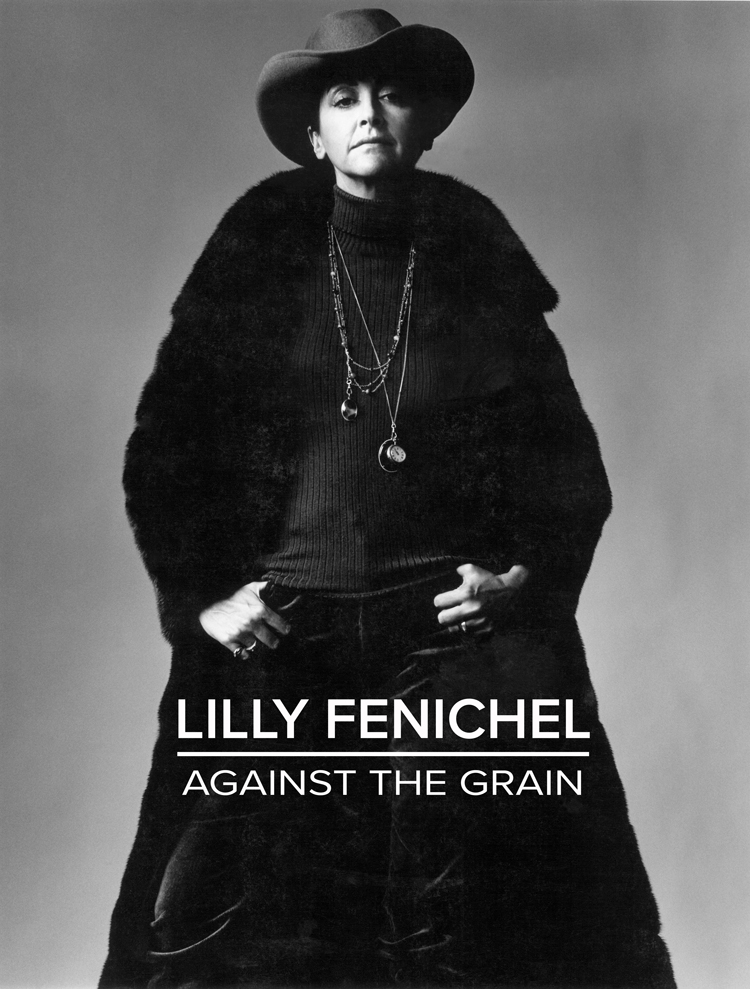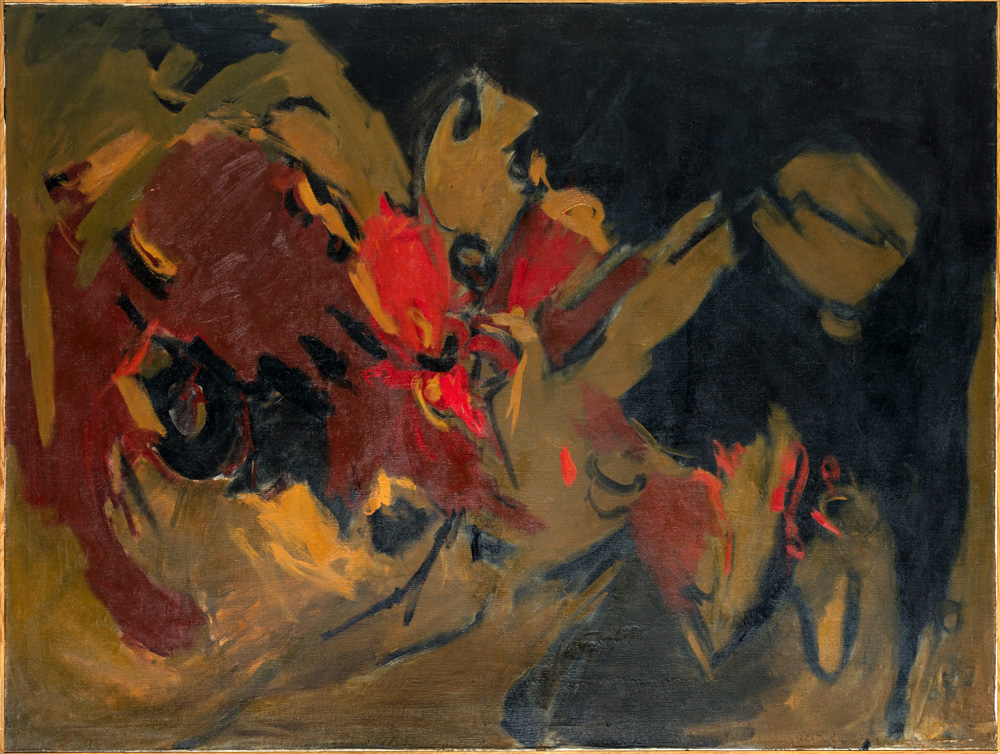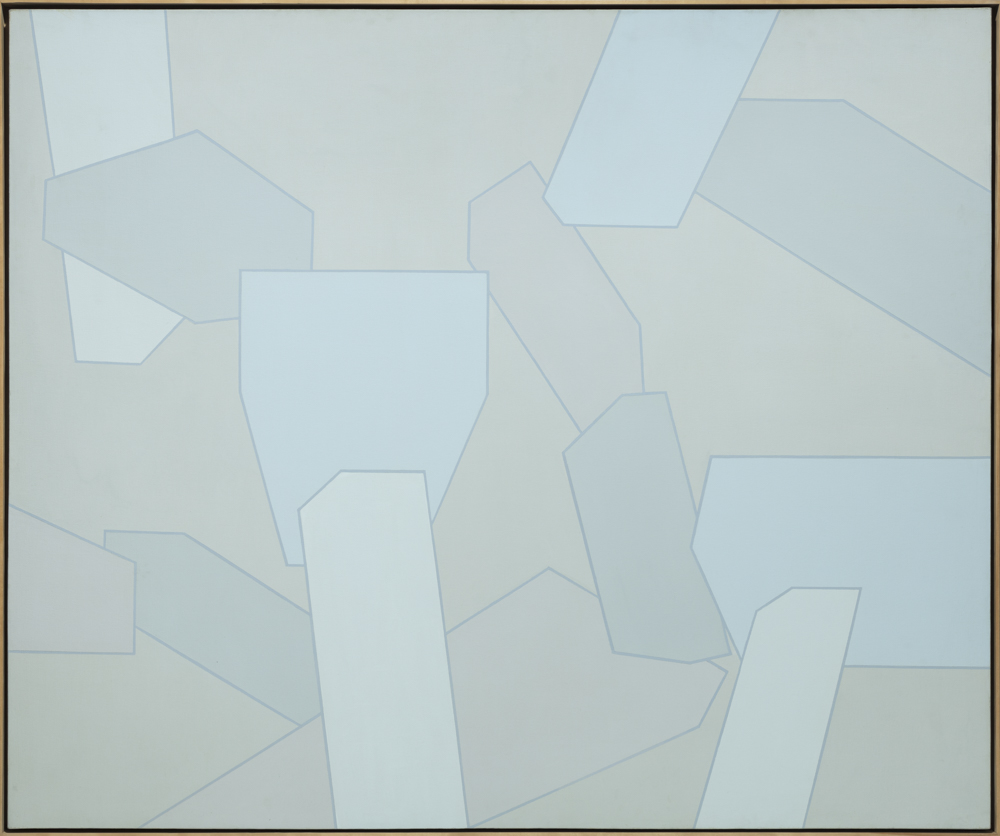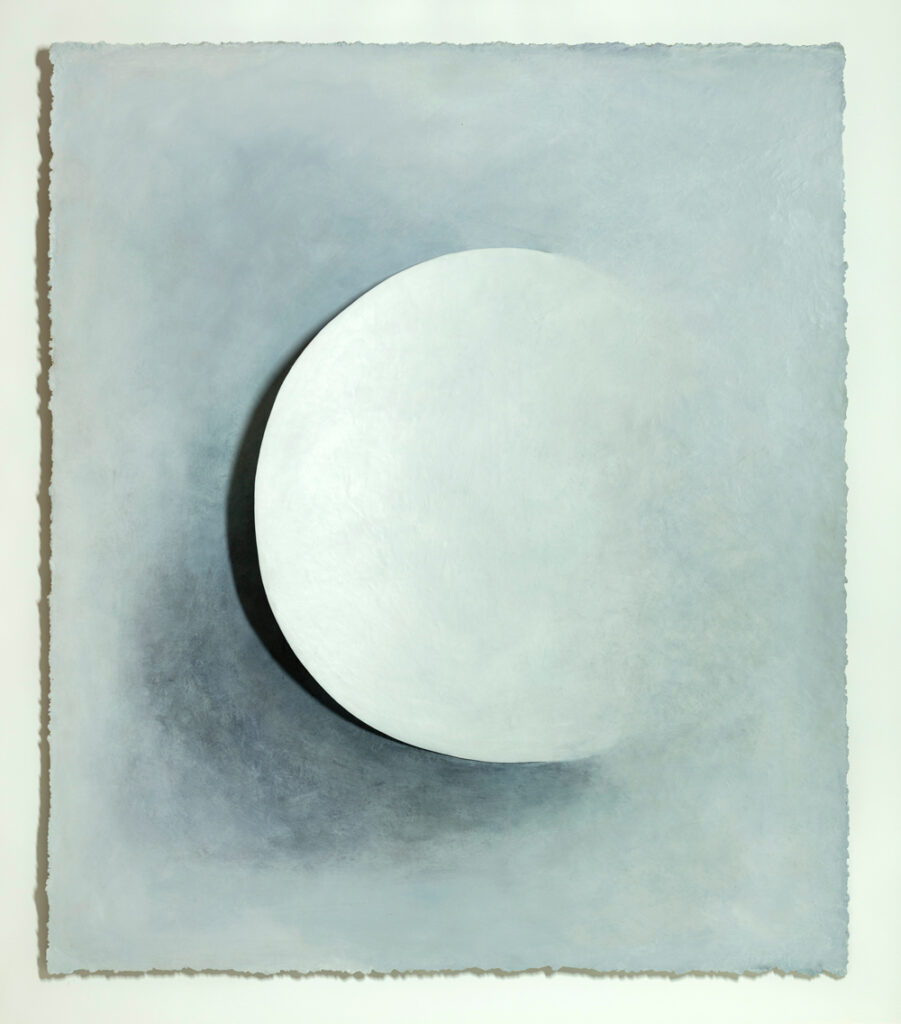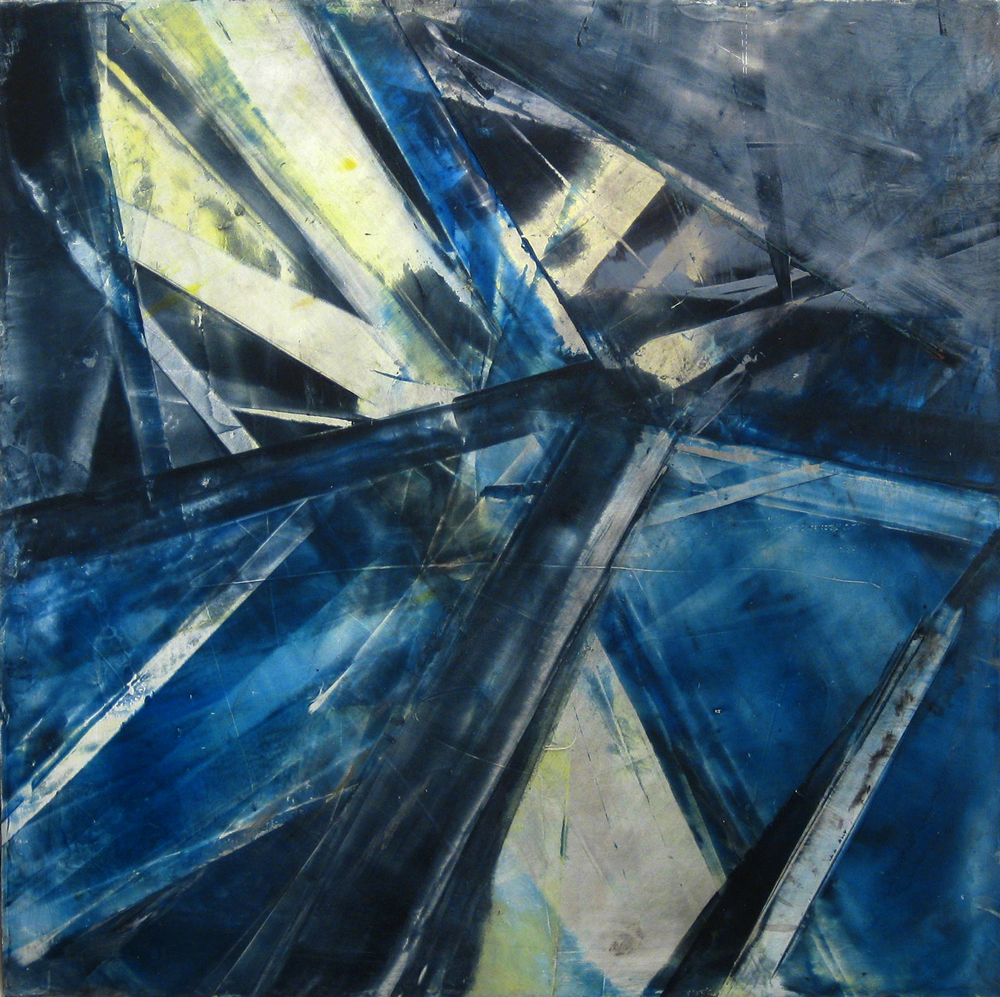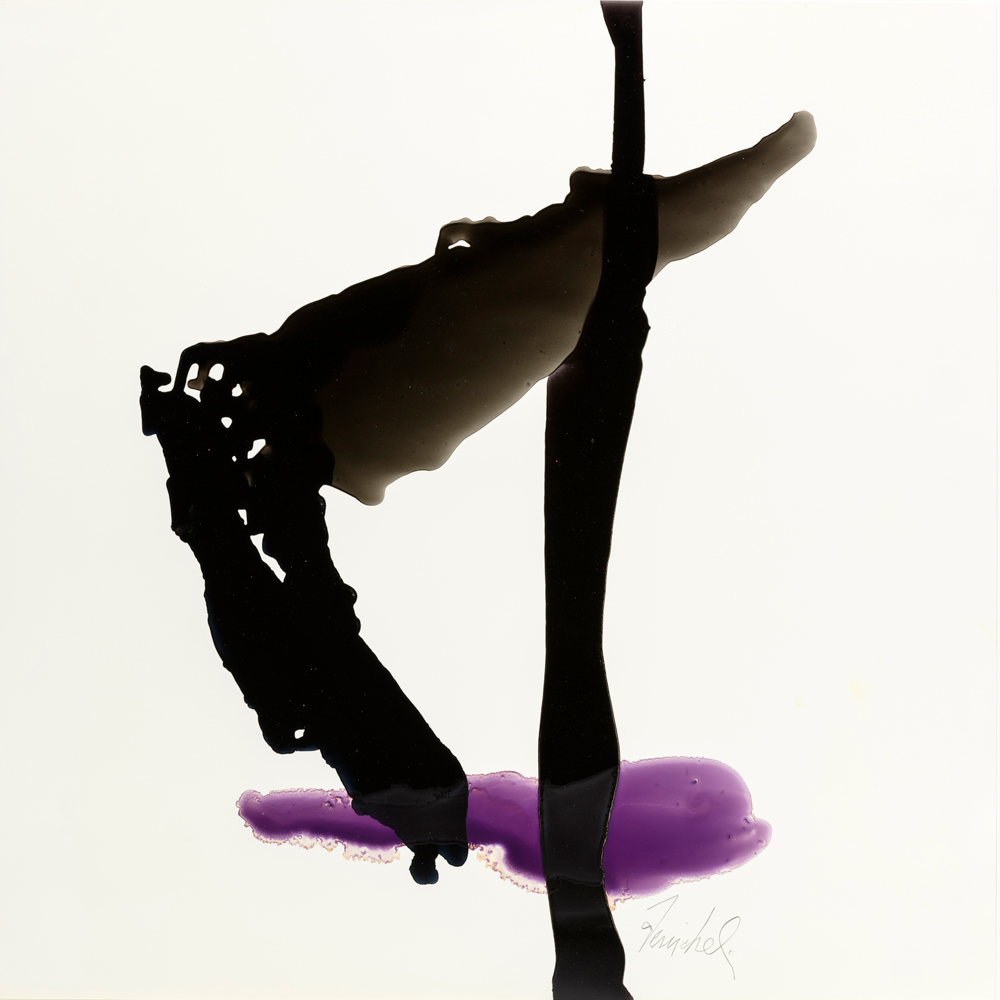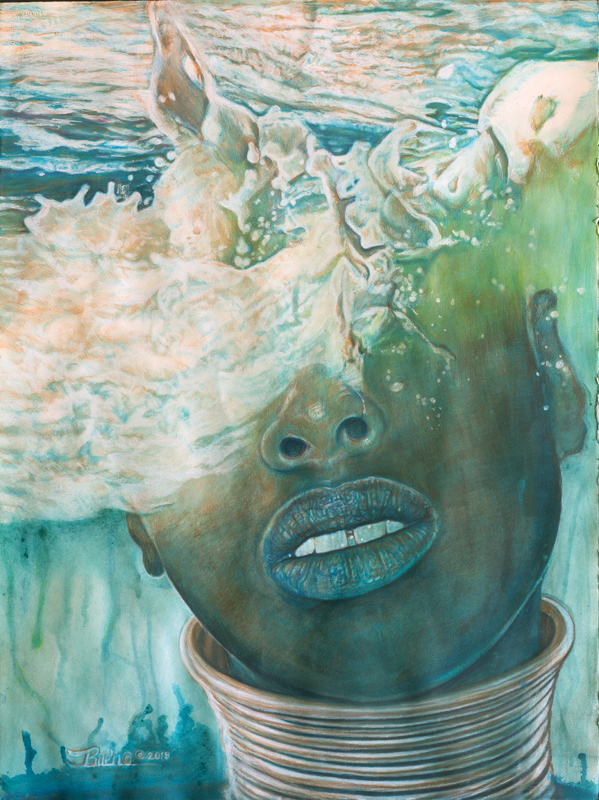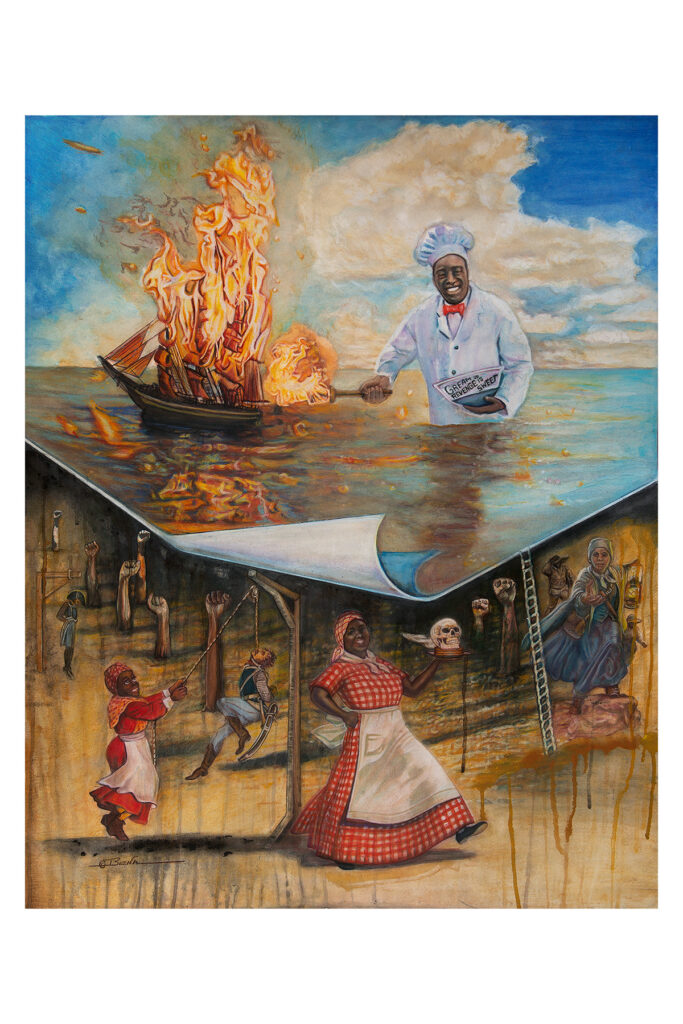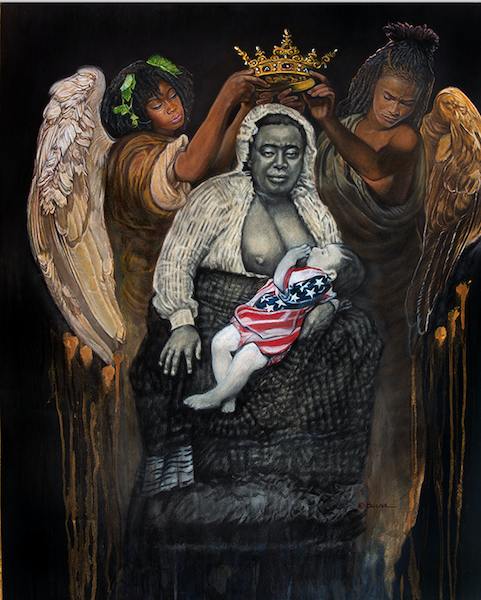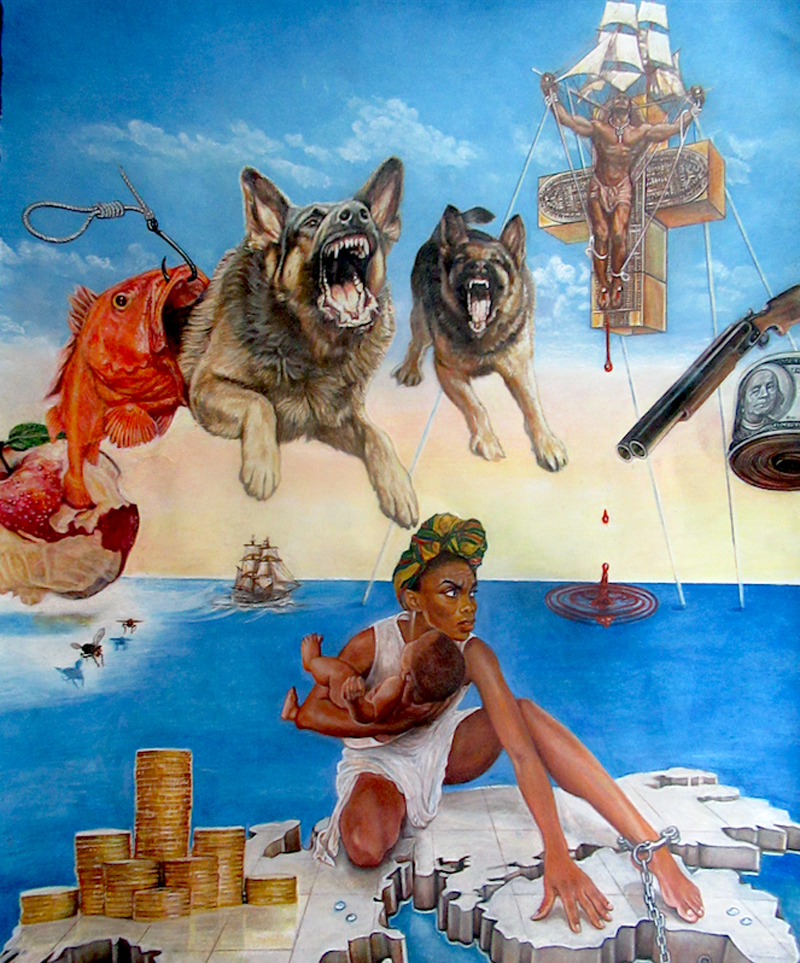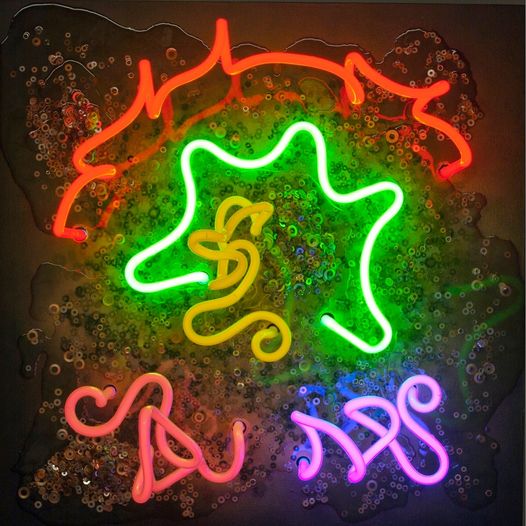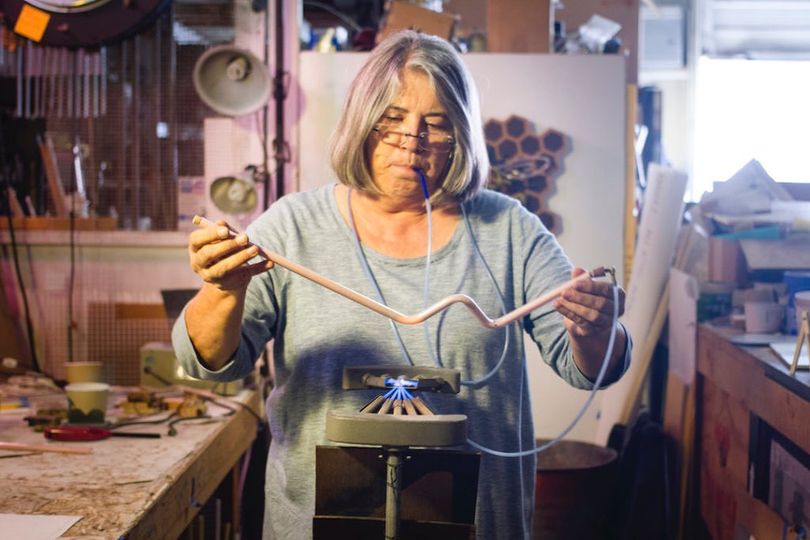
SXSW2021 is my fourth virtual film festival within the last year, but the platform has many offerings beyond film, although that is the section of the festival we’ll be focusing on here. VR, comedy, music, education are all major elements of South by Southwest online, but with a short run of 5 days, film comes first.
Here are the first capsule reviews of films I’ve viewed so far, and which for the most part receive a consistent thumbs-up here. Some of my favorites were in the Documentary and Midnighters sections, but there were exceptional exceptions to that rule as well.
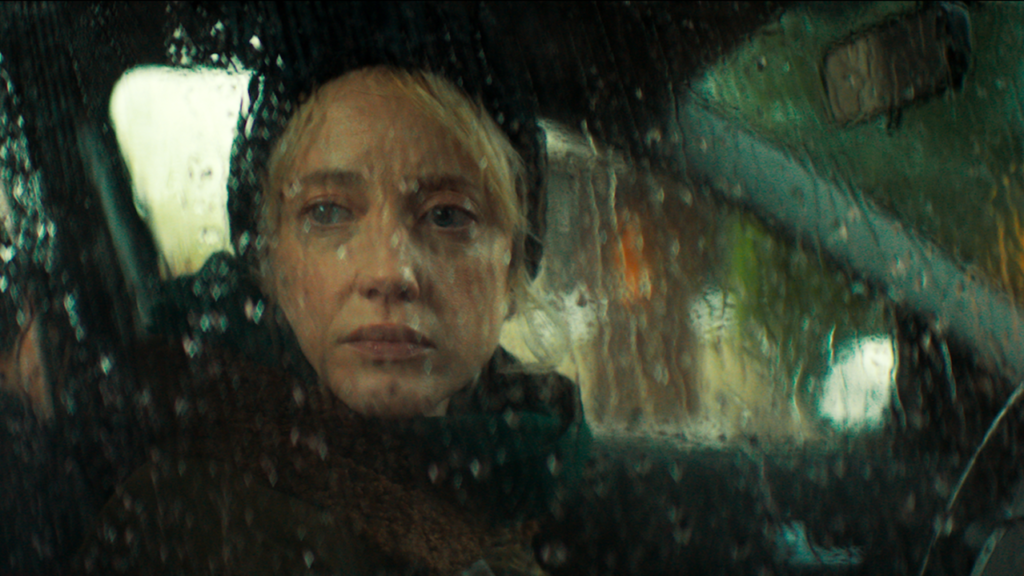
Here Before, from director and screenwriter Stacey Gregg fooled me. I was expecting a straight up horror premise, and instead received a really riveting psychological thriller touching on grief, motherhood, and marital fidelity. Shot in Belfast, the U.K. production stars a compelling Andrea Riseborough, and is filled with a compelling, harrowing tension. Possibilities from possession to madness swirl, and if the conclusion is slightly more prosaic than that, it does little to discredit the powerful and absorbing film that comes before. With riveting and pitch perfect performances, the film remains one of my favorites.

Our Father is quintessentially American, in both its sense of aimlessness, pressing money matters, and family strife. The turbulent relationship of two estranged sisters, Beta and Zelda is temporarily rebonded as the pair defy the certainty of their more estranged stepmother and her three sons, and go in search of their missing uncle, mentioned in their late father’s will. The story is elusive at times, but director/writer Bradley Grant Smith sets an absorbing and poignant mood that hurts, haunts, and often amuses. Strong cast, too.
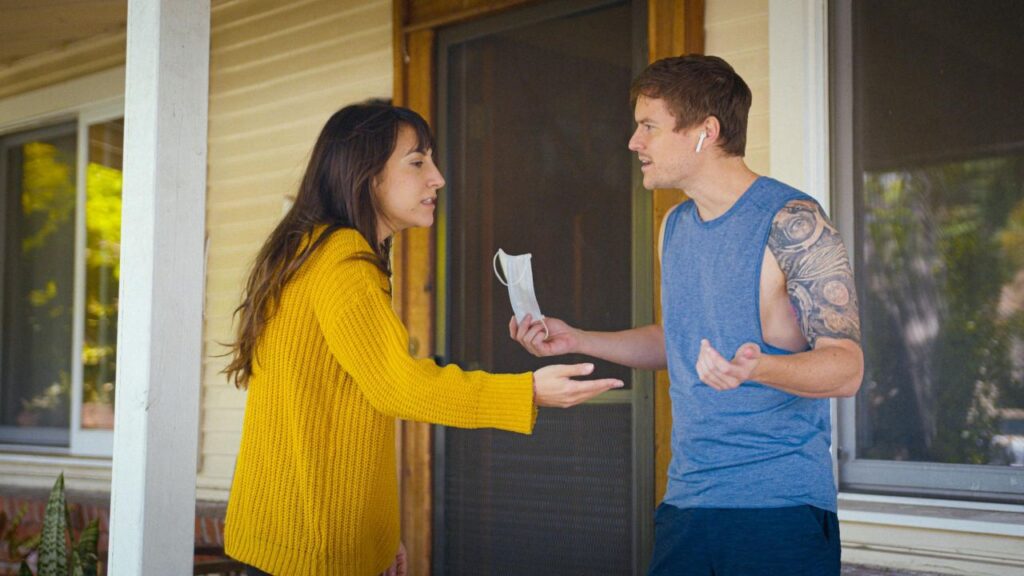
The End of Us is another of those “my relationship in pandemic lockdown” movies that keep cropping up, and that I inexplicably keep watching, hoping one will offer profound insight. That said, while this one does not, director/writers Henry Loevner and Steven Kanter manage to create a film this is often charming, and often sweet, in which a broken-up couple must remain together yet negotiate their own way through the uncharted territory of a pandemic lockdown, both together and apart. A much better film than the bigger star-powered WB-film Lockdown that came before it, here, there were strong moments and waves of good humor popping up that kept me watching.

Kid Candidate is a quite wonderful documentary about a 24 year old musician and his run for city council in Amarillo, Texas. As smart and winning as its upstart subject, director Jasmine Stodel creates a surprisingly intimate portrait of an honest and passionate young man. The corruptness of our money-driven political process is the B-story, and that resonates too. Having once run for local school board and finding even that supposedly not-so-partisan office overrun with moneyed candidates, this one was a no-brainer for me to watch, and a wonderful and heartfelt character study, too.

If Kid Candidate was winningly sweet, The Oxy Kingpins is anything but. A harrowing expose, this documentary feature from skilled director Brendan FitzGerald is an astonishing and horrifying story of the ways in which a network of pharmaceutical “leaders” engaged in criminal behavior. And doubtlessly they still do, as they remain out of jail despite their operation and perpetration of the opioid crisis in America. Drug dealers: jailed. Addicts: jailed. Corporate criminals: free to continue wreaking havoc – isn’t that the American way? Devastating and important, this is simply a must-see.

I really was rooting for the narrative feature Ludi, which was a sweet story of a hard-working nurse as she struggles to survive her American Dream/Nightmare of money needs and long hours. The problem for me was that the set-up and twist to the bonding between Ludi and her elderly overnight client was easily predicted; and the curmudgeon she wins over a frustrating mess. Touching moments and a winning lead performance do work, unfortunately for me the film as a whole did not. Director Edson Jean and screenwriters Edson Jean and Joshua Jean-Baptiste doubtlessly have more powerful projects ahead.
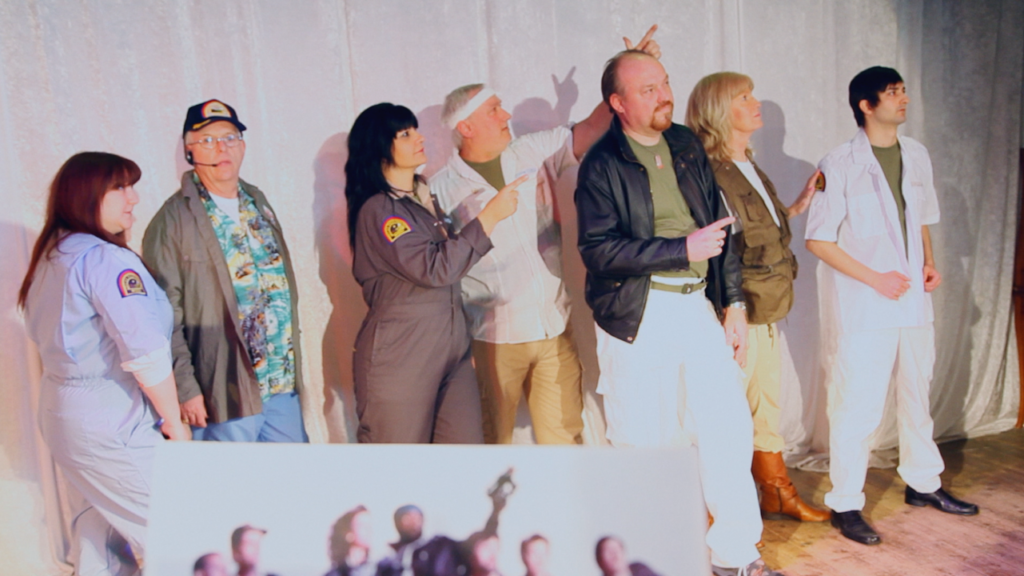
Alien on Stage is a documentary that puts a smile on your face and keeps it spreading. I loved this U.K. film from director/producers Danielle Kummer and Lucy Harvey. Sweet, fresh, surprising, the film documents an amateur theatrical production of Ridley Scott’s film Alien. While not a hit in the small community its initially staged, the bus drivers and their friends involved in the production nonetheless hit the big time with an offer to perform the saga in London’s West End. It’s a pure delight, and I defy you to find one better.

Broadcast Signal Intrusion is a fascinating, narrative dark horror, one ultimately as mysterious when it concludes as when it began. Eerie pirate broadcasts interrupt programming and women – including the video editor/protagonist’s girl friend – disappear. We follow a maze of breadcrumb trails into the heart of darkness and emerge somewhat dazed. I couldn’t stop watching, and if the sum isn’t quite as great as its parts, this was still a terrific, taut film from director Jacob Gentry and screenwriters Phil Drinkwater and Tim Woodall.
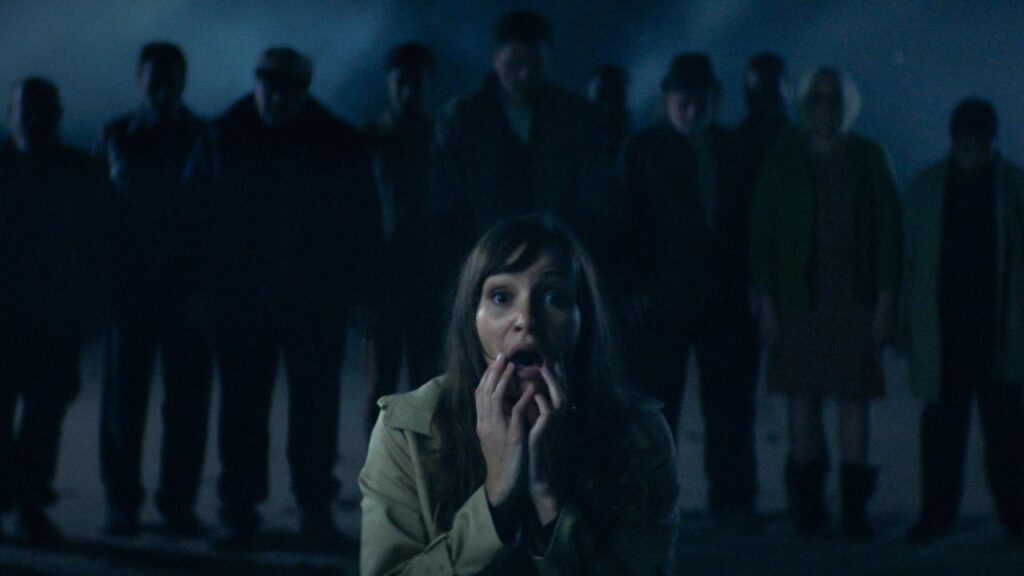
Director/Screenwriter: Mickey Keating weaves a richly creepy spell with Offseason, in which a daughter must visit a shuttered town, ostensibly in the Florida Keys, to deal with vandalism to her mother’s grave. But the desecration is merely a lure, as the devil has cast his own bargain with the town’s inhabitants and descendants, and a night of terror begins. Despite a conclusion that veers toward horror convention, it’s a grand nail-biter, with shades of The Shining, Preacher and Cape Fear mixed together. An atmospheric and fun horror ride.
Shorts

Marvin’s Never Had Coffee Before is a witty take on trying to fit in and find friendship during the pandemic. Brief and sharp, can a cup of coffee really create a bonding experience among co-workers? Director Andrew Carter and screenwriters Carter and Kahlil Maskati think it can indeed. A fun little brew.
The Mohel is somber and sweet, as director and screenwriter Charles Wahl explores the tension from family convention and financial stress after the birth of their first born son. Celebrating a traditional circumcision ceremony with the help of a renowned Mohel, questions of faith and reverence arise. Artful and moving.
The Other Morgan invites us to meet two sisters, one whom knew nothing about the other, but who both share the same name. Add in one beloved and deceased father, life choices and the search for happiness. Mix these elements together and director/writer Alison Rich makes some delightful and laugh-out-loud funny.
Sophie and the Baron is a lovely documentary short about art and collaboration. Director Alexandria Jackson depicts the friendship and sharing between photographer Baron Wolman and contemporary artist Sophie Kipner, whose freehand drawing style is as unique as Wolman’s iconic Woodstock-era images. Gentle and touching, the story is as much about the renewing spirit of friendship as art.
From Australia, director/screenwriter Jon Bell crafts a terrifying tale of Aboriginal horror in The Moogai, which is a perfect little bundle of terror for the parents of a newborn child. Can’t wait for Bell’s first feature. A deserved winner in the jury’s short horror narrative category.
Special Screening
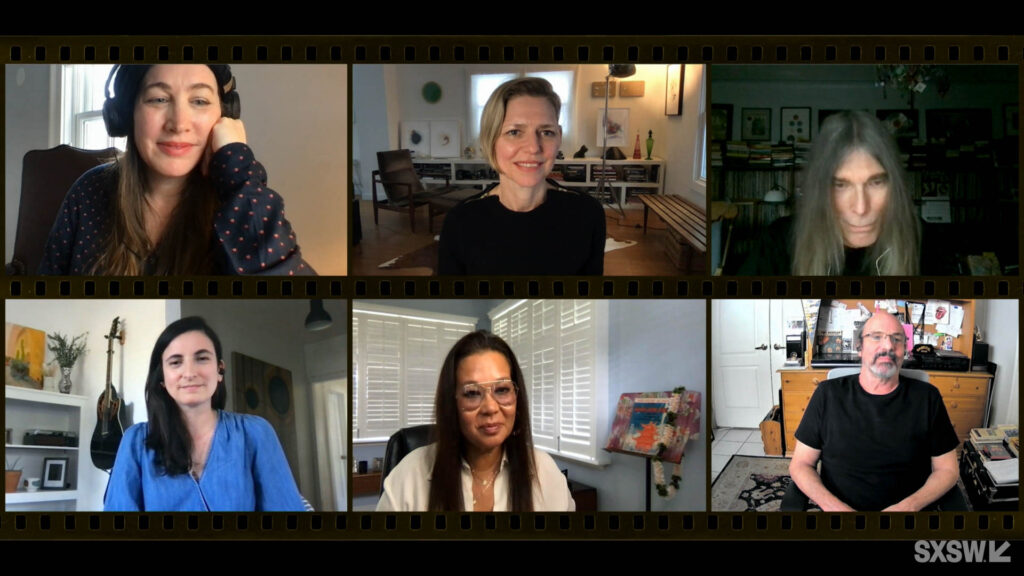
Director Mary Wharton crafts an engaging archive of Tom Petty at work on his 1994 release, Wildflowers, in the archival documentary Somewhere You Feel Free. The newly found footage and interviews from the making of this album is moving and deeply personal; I wanted to hear more of the music, but that’s me. If you’re a Petty fan it’s a loving must-see.
Guess what? More reviews coming up including other stellar docs and spine-chilling horror plus a devastating narrative feature, too.
- Genie Davis; photos courtesy SXSW Online 2021




